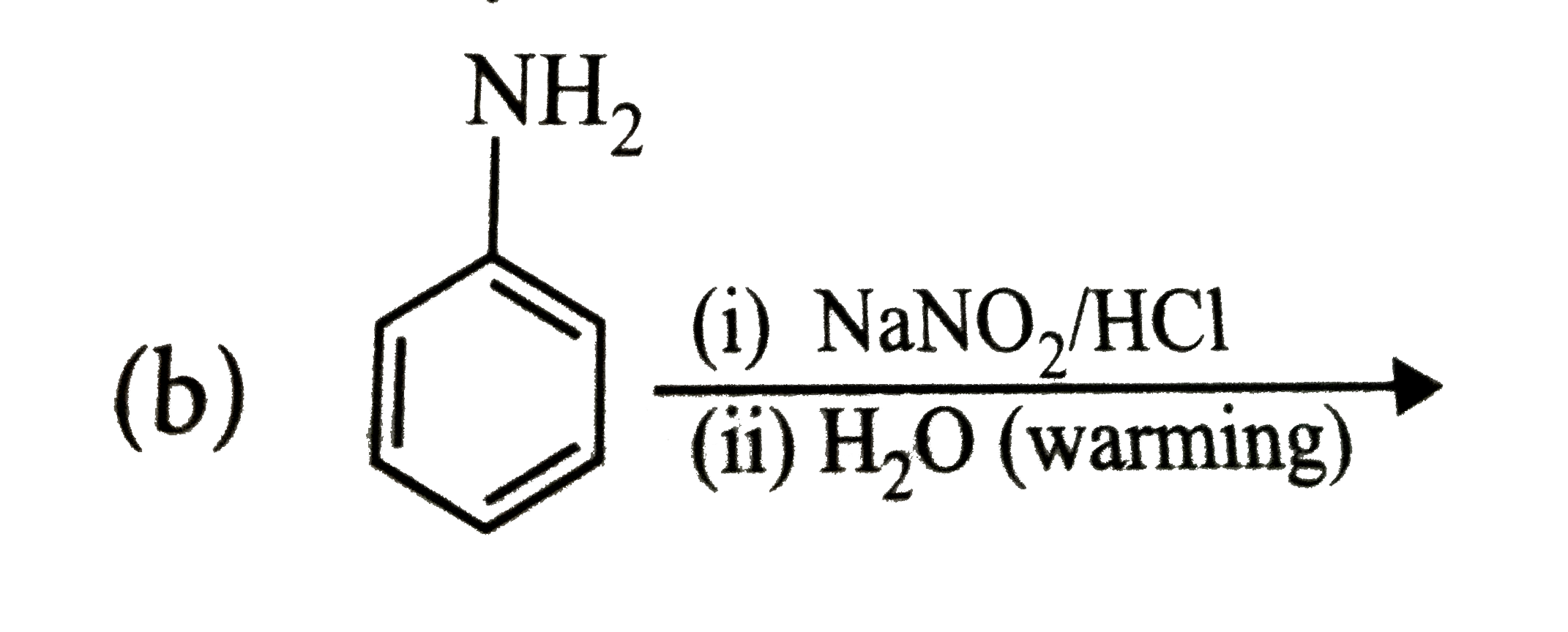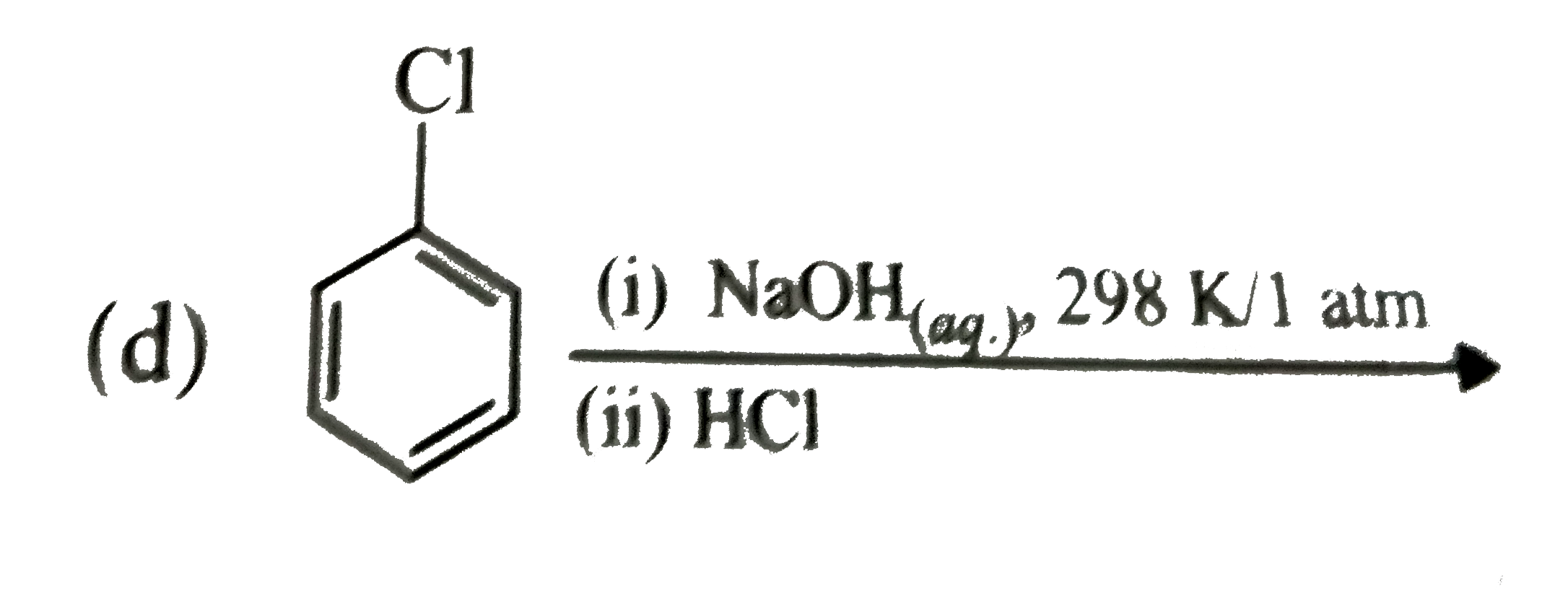Which of the following reactions will yield 2, 2-dibromopropane ?
CH3−C≡CH+2HBr→
CHI3CH=CHBr+HBr→
CH≡CH+2HBr→
CH3−CH=CH2+HBr→
The correct Answer is:A
To determine which reaction will yield 2,2-dibromopropane, we need to analyze the reactions provided and apply the Markovnikov rule for the addition of HBr to alkenes or alkynes.
1. Identify the Structure of 2,2-Dibromopropane:
- The molecular formula for 2,2-dibromopropane is C3H6Br2.
- Its structure consists of three carbon atoms (propane) with two bromine atoms attached to the second carbon.
2. Understand the Markovnikov Rule:
- The Markovnikov rule states that when HX (like HBr) is added to an unsymmetrical alkene, the hydrogen atom (H) will attach to the carbon with more hydrogen atoms, while the halide (Br) will attach to the carbon with fewer hydrogen atoms.
3. Analyze the Given Reactions:
- Look at each reaction option provided. We need to find one that leads to the formation of 2,2-dibromopropane through the addition of HBr.
4. Examine the First Reaction:
- If the reaction involves an alkyne (like propyne, CH3C≡CH), the first step would be the addition of HBr to form an alkene (like 2-bromopropene).
- The first addition of HBr will result in the bromine attaching to the carbon with fewer hydrogens (the terminal carbon), leading to CH3C(Br)=CH2.
- The second addition of HBr will then add another bromine to the second carbon, resulting in 2,2-dibromopropane.
5. Confirm the Product:
- After the second addition of HBr, we will have CH3C(Br)(Br)CH3, which is 2,2-dibromopropane.
6. Check Other Reactions:
- For other reactions involving symmetrical alkenes or different structures, the addition of HBr will not yield 2,2-dibromopropane, as they will either lead to different products or not have the correct structure.
7. Conclusion:
- The reaction that involves the addition of HBr to an alkyne (like propyne) followed by a second addition of HBr will yield 2,2-dibromopropane. Therefore, the correct option is Option A.
- The molecular formula for 2,2-dibromopropane is C3H6Br2.
- Its structure consists of three carbon atoms (propane) with two bromine atoms attached to the second carbon.
- The Markovnikov rule states that when HX (like HBr) is added to an unsymmetrical alkene, the hydrogen atom (H) will attach to the carbon with more hydrogen atoms, while the halide (Br) will attach to the carbon with fewer hydrogen atoms.
- Look at each reaction option provided. We need to find one that leads to the formation of 2,2-dibromopropane through the addition of HBr.
4. Examine the First Reaction:
- If the reaction involves an alkyne (like propyne, CH3C≡CH), the first step would be the addition of HBr to form an alkene (like 2-bromopropene).
- The first addition of HBr will result in the bromine attaching to the carbon with fewer hydrogens (the terminal carbon), leading to CH3C(Br)=CH2.
- The second addition of HBr will then add another bromine to the second carbon, resulting in 2,2-dibromopropane.
- After the second addition of HBr, we will have CH3C(Br)(Br)CH3, which is 2,2-dibromopropane.
- For other reactions involving symmetrical alkenes or different structures, the addition of HBr will not yield 2,2-dibromopropane, as they will either lead to different products or not have the correct structure.
- The reaction that involves the addition of HBr to an alkyne (like propyne) followed by a second addition of HBr will yield 2,2-dibromopropane. Therefore, the correct option is Option A.
Similar Questions
Knowledge Check
- Question 1 - Select One
Which of the following reactions will not yield phenol ?
A B
B C
C D
D
- Question 2 - Select One
Which of the following will give 2,2-dibromopropane on reaction with HBr?
ACH2−CH=CH2BCH3C≡CHCCH3CH=CHBrDCH≡CH
Which of the following are SN2 reactions ?
View SolutionWhich of the following reactions will not yield alcohol as the major product ?
View SolutionWhich of the following reactions does not yield an amine?
View SolutionWhich of the following reactions would give a good yield of hydrocarbon product ?
View SolutionWhich of the following reactions give the poor yield of amine products?
View SolutionWhich of the following yields citric acid :
View Solution

